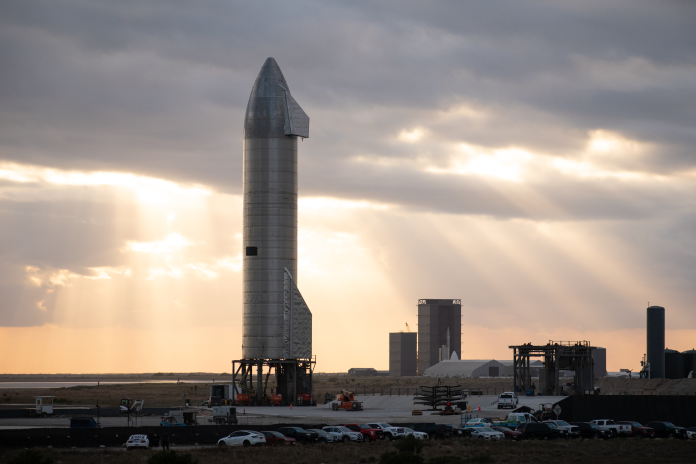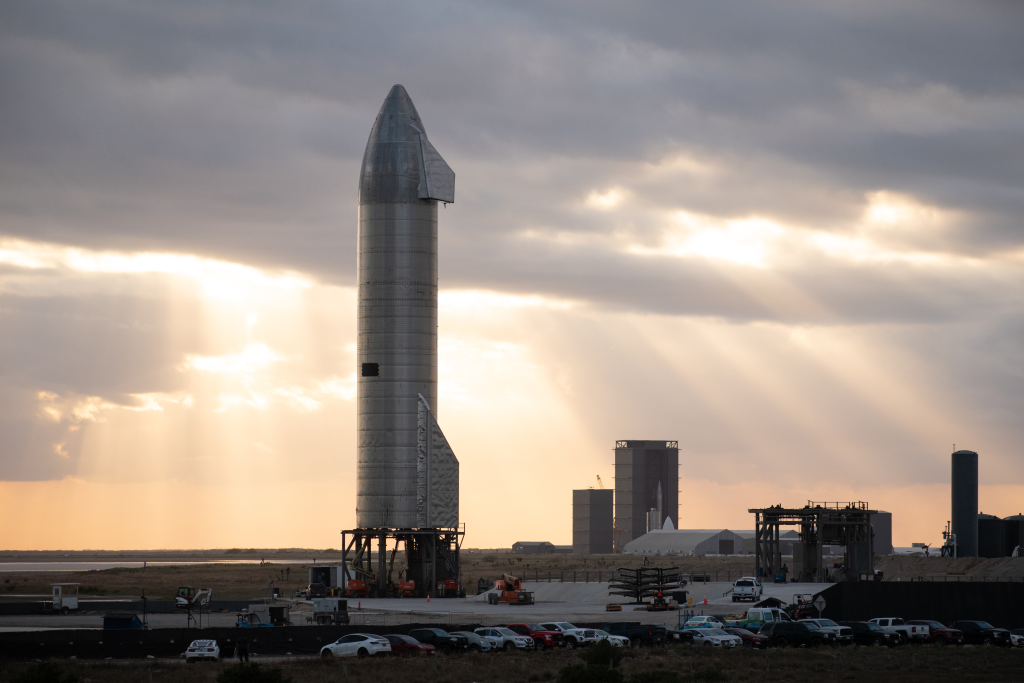
Three months since a chain of technical malfunctions cut short Starship Flight 9, SpaceX is gearing up for Flight 10 a mission with not only engineering aspirations, but also the burden of NASA’s Artemis 3 lunar schedule. The launch will be the first true test of whether repairs to essential systems, ranging from methane tank pressurization to high-pressure gas storage, can stand the heat of flight.
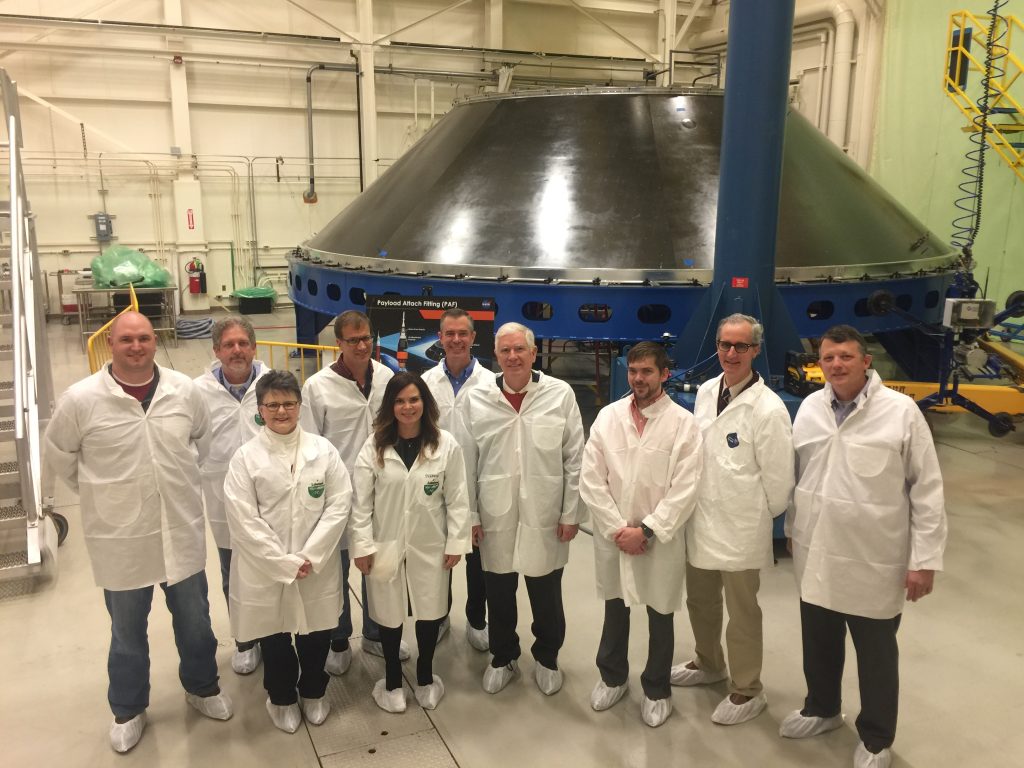
1. Failure of Fuel Diffuser and Its Impact
The immediate reason for the loss of Flight 9 was traced to a failure in the main fuel tank pressurization system diffuser. Placed on the forward dome of Starship’s main methane tank, the diffuser controls autogenous pressurization by channelling warmed methane gas into the tank in a controlled flow. NASA’s Marshall Space Flight Center refers to such equipment as necessary to “prevent direct impingement of the gas on the liquid surface and/or the tank walls,” to prevent unneeded heat transfer and unnecessary pressurant mass. In Flight 9, sensors measured a consistent methane rise in the nosecone, followed by an abrupt loss of main tank pressure and a concurrent pressure spike in the nosecone. This pressure discrepancy impaired payload door function, hindered Starlink simulator deployment, and finally caused automatic passivation, venting all the propellant prior to uncontrolled reentry.
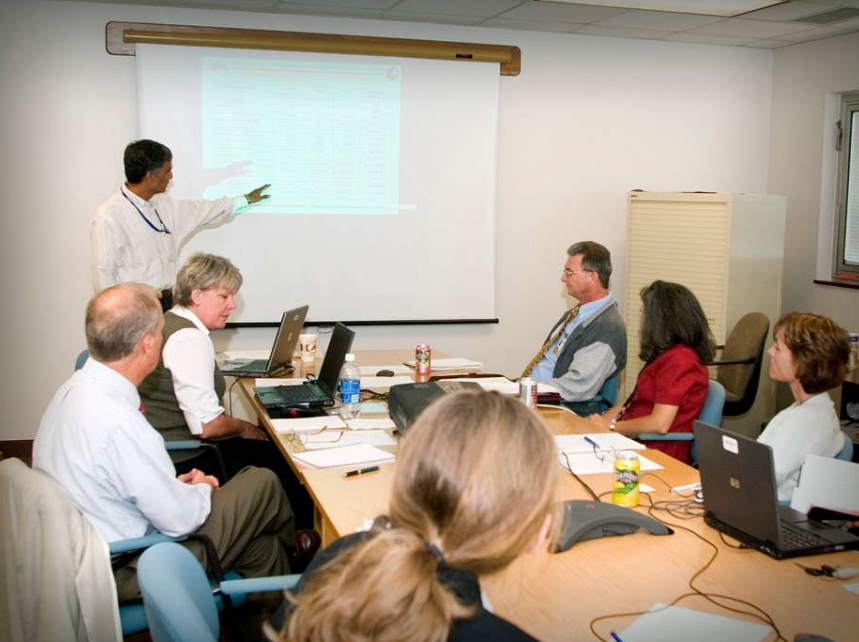
2. COPV Explosion and Structural Weaknesses
In-flight problems on Flight 9 were followed weeks later by a devastating ground test failure of Ship 36. Guilty was a composite overwrapped pressure vessel (COPV) holding gaseous nitrogen for environmental control. COPVs metal liners encased in carbon or Kevlar fiber composite materials have high strength-to-weight ratios but come with well-documented risks. NASA’s Engineering and Safety Center determined that existing damage tolerance criteria are sometimes unconservative, especially after autofrettage cycles that promote crack growth in liners. The rupture on June 18 probably resulted from undetected internal damage, causing structural failure and propellant mixing. SpaceX has since reduced COPV operating pressures, incorporated proof tests, stricter acceptance requirements, and external impact protection covers all steps in keeping with NASA recommendations for COPV risk mitigation.
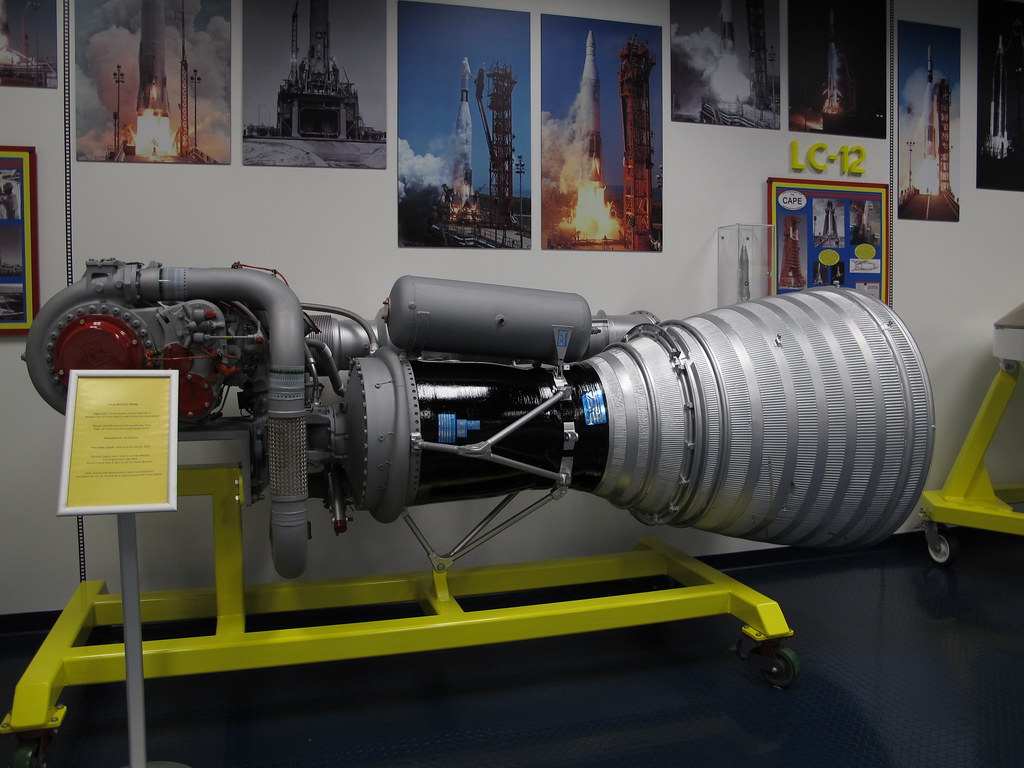
3. Booster 14’s Combined Performance and Structural Constraints
Super Heavy Booster 14 performed a controlled flip maneuver following hot staging a first for the program allowing increased ascent propellant allocation for payload mass. But a landing burn anomaly, tracked to structural overload of the fuel transfer tube during a high-angle-of-attack descent test, led to an aft-end explosion. For Flight 10, Booster 16 will return to a lower descent angle to alleviate aerodynamic forces, and will fly a mixed-engine landing sequence to check redundancy in the event of primary engine failure.
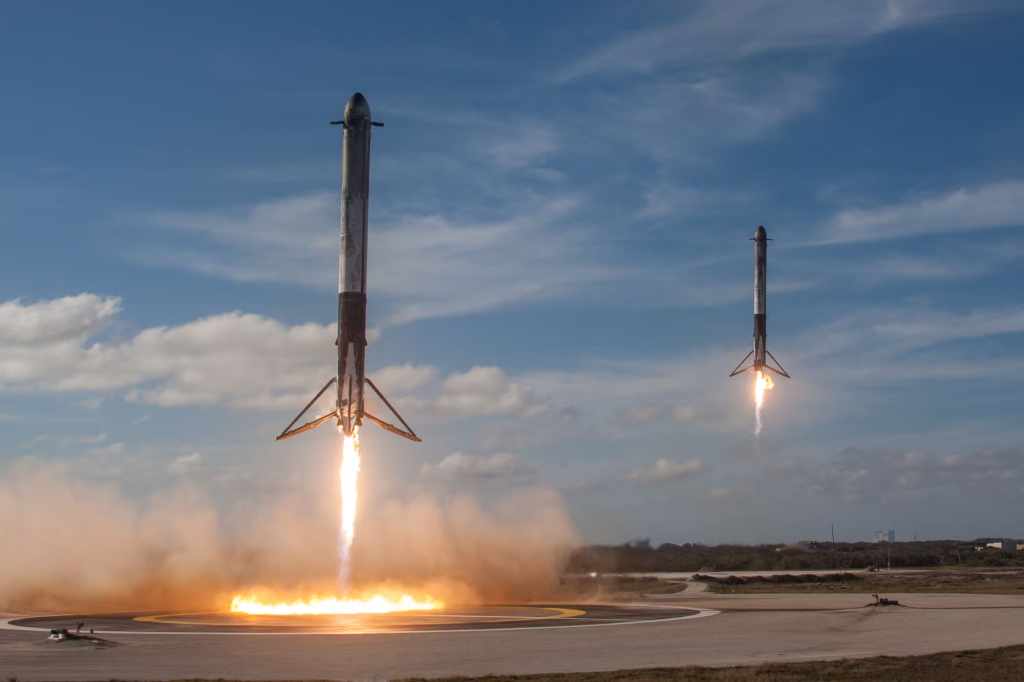
4. Block 2 Starship’s Untested Capabilities
Ship 37, a Block 2 version, will try to be the first of its type to survive controlled reentry. Earlier Block 2 flights failed before testing upgraded heat shield tiles including actively cooled versions and strengthened catch fittings. Rear flap structures are intended to be stressed to their dynamic pressure limits through the reentry profile, and a smoothed and tapered tile edge is intended to reduce hot spots seen on previous flights.
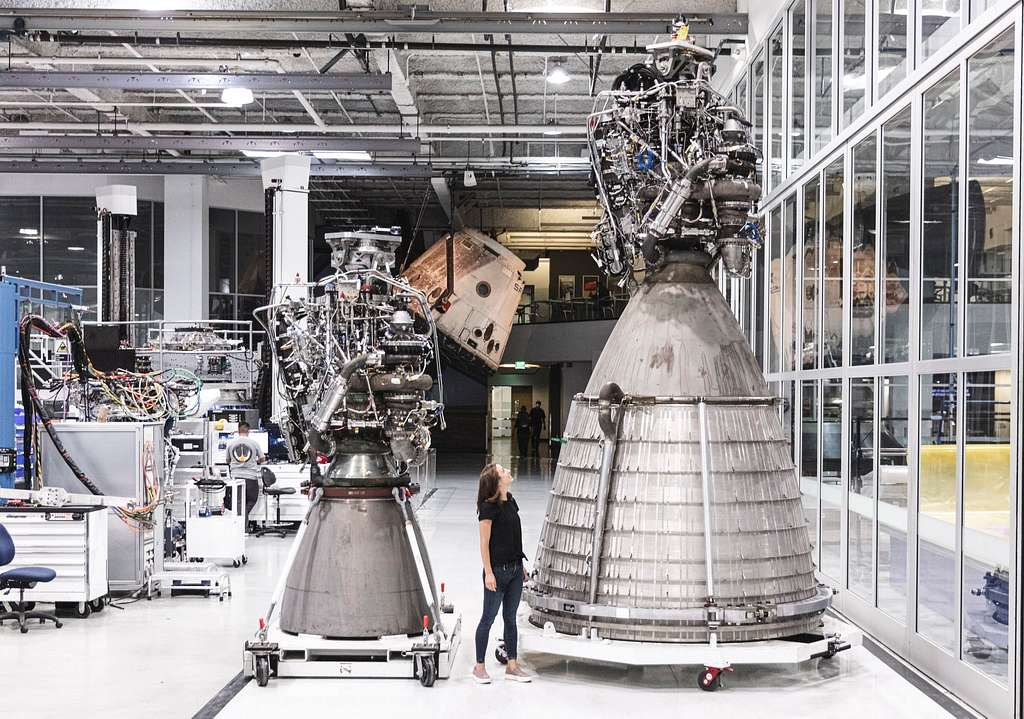
5. Raptor Engine Relight and Payload Deployment Objectives
Flight 10 will also reattempt two milestones that were skipped in recent flights: in-space Raptor engine relight and deployment of eight Starlink mass simulators. Both demand steady vehicle attitude and accurate propellant control during the coast period. The relight test is essential to enable future missions with orbital maneuvers, such as lunar descent burns for Artemis.
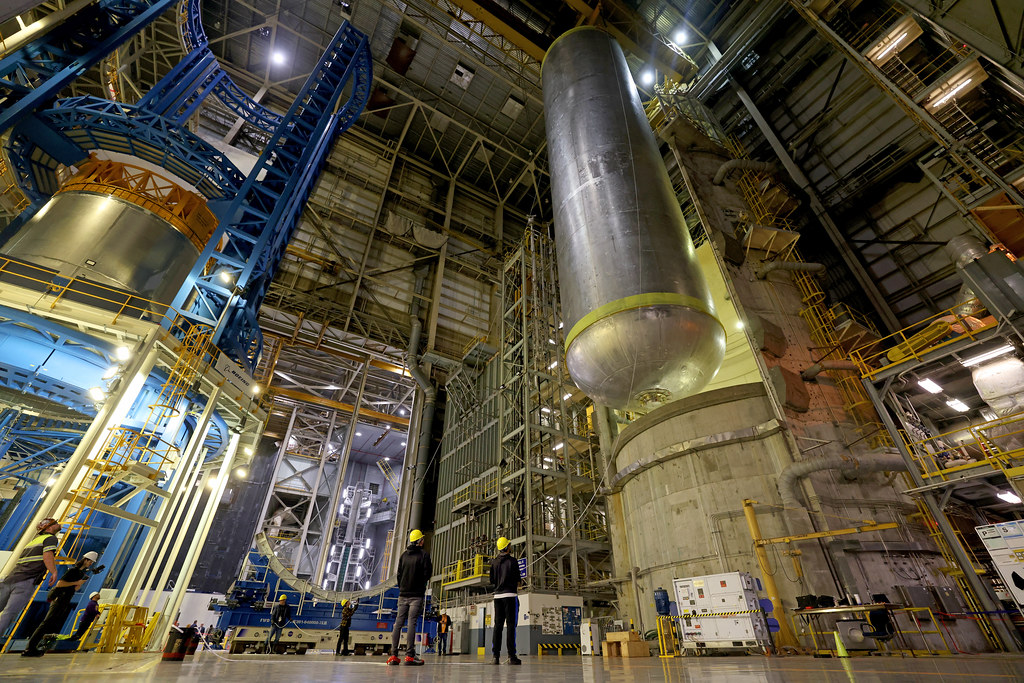
- Cryogenic Propellant Transfer: The Artemis Bottleneck
NASA’s Artemis 3 mission depends on proving large-scale orbital cryogenic propellant transfer a technologically challenging task with supercooled methane and oxygen. The process needs to provide stable fluid dynamics under microgravity, making sure Raptor engines get the propellant at the right temperature and pressure for restart. While initially slated for 2025, NASA’s revised milestone chart now schedules this demonstration for Fiscal Year 2026, indicating slippage that imperils Artemis 3’s September 2026 goal. The fluid transfer problem is further complicated by having to incorporate outcomes into the Human Landing System’s critical design review.
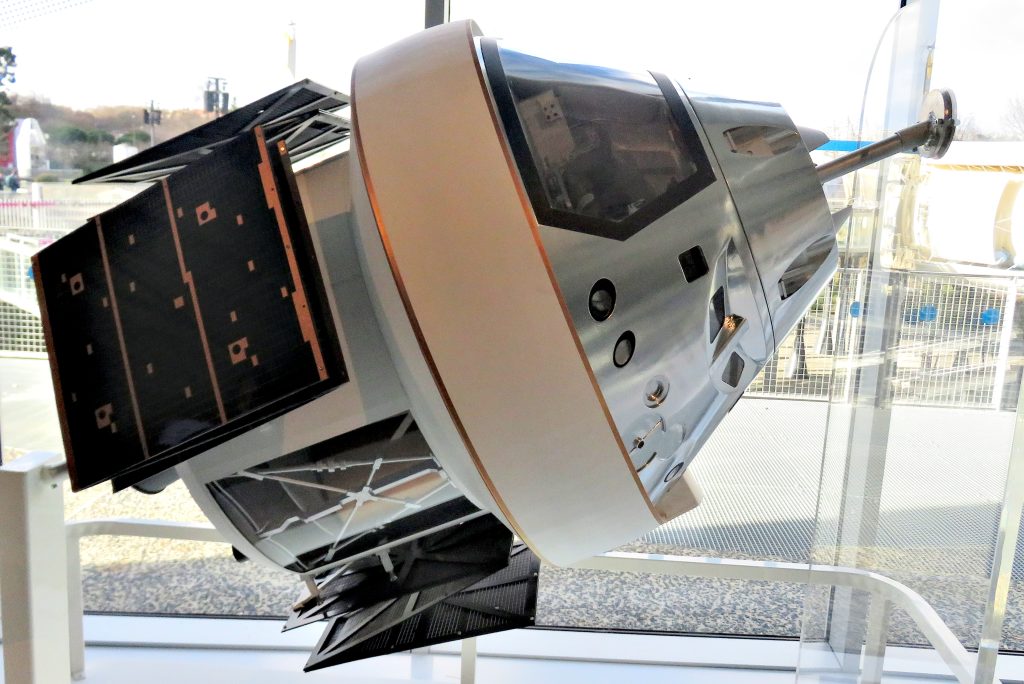
- NASA’s Schedule Risk Assessment
A Key Decision Point C review within gave an internal February 2028 baseline for Starship HLS readiness at a 70% confidence level meaning a 30% chance of delays after that date. This is a separate schedule from other Artemis components, like the Space Launch System and Orion spacecraft. In spite of the difference between the public and internal timelines, NASA leadership has had confidence in SpaceX’s tempo based on the company’s record of iterating quickly after numerous setbacks.
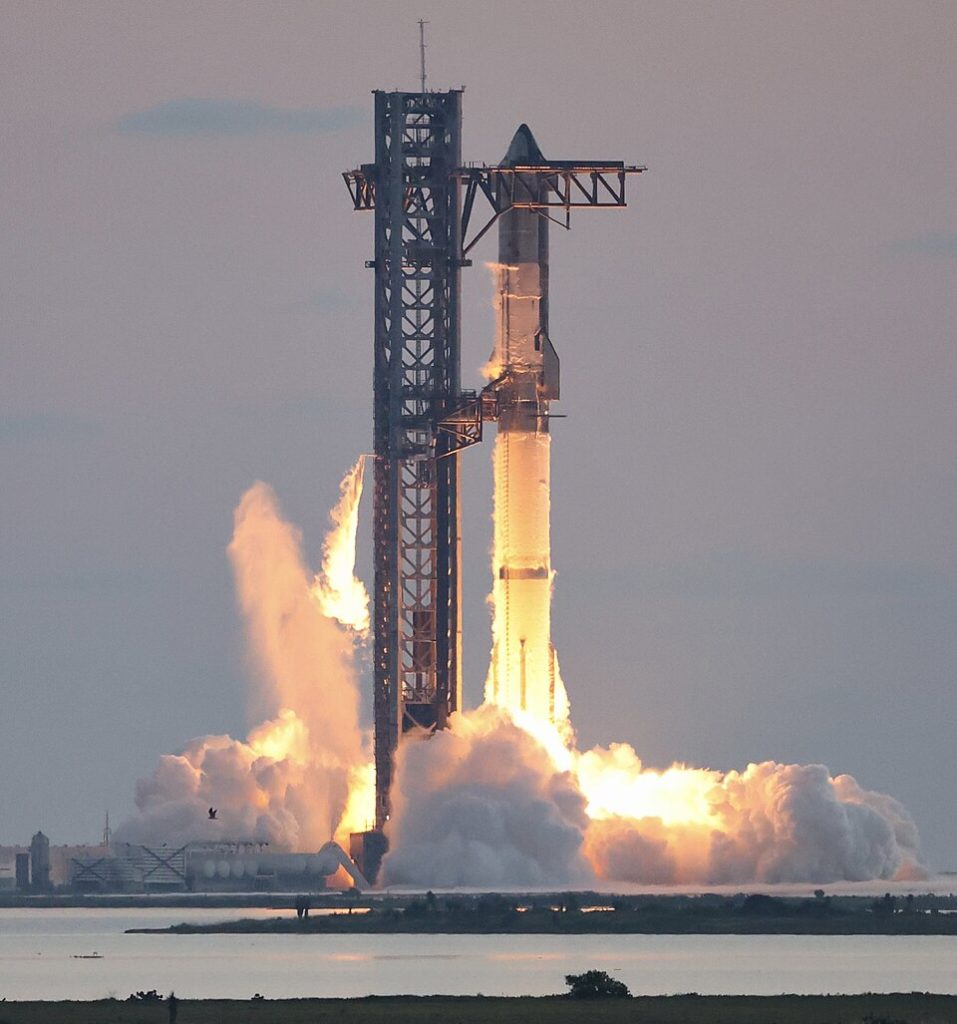
- Testbed for Future Versions of Engineering
Flight 10 is part of only two Block 2 missions remaining before the switch to Block 3 Starship with taller tanks and enhanced Raptor engines. SpaceX reinforces the fact that “every lesson learned, through both flight and ground testing, continues to feed directly into designs for the next generation.” Achievement in future tests could move ahead readiness for orbital flights and operational lander flights to the moon.
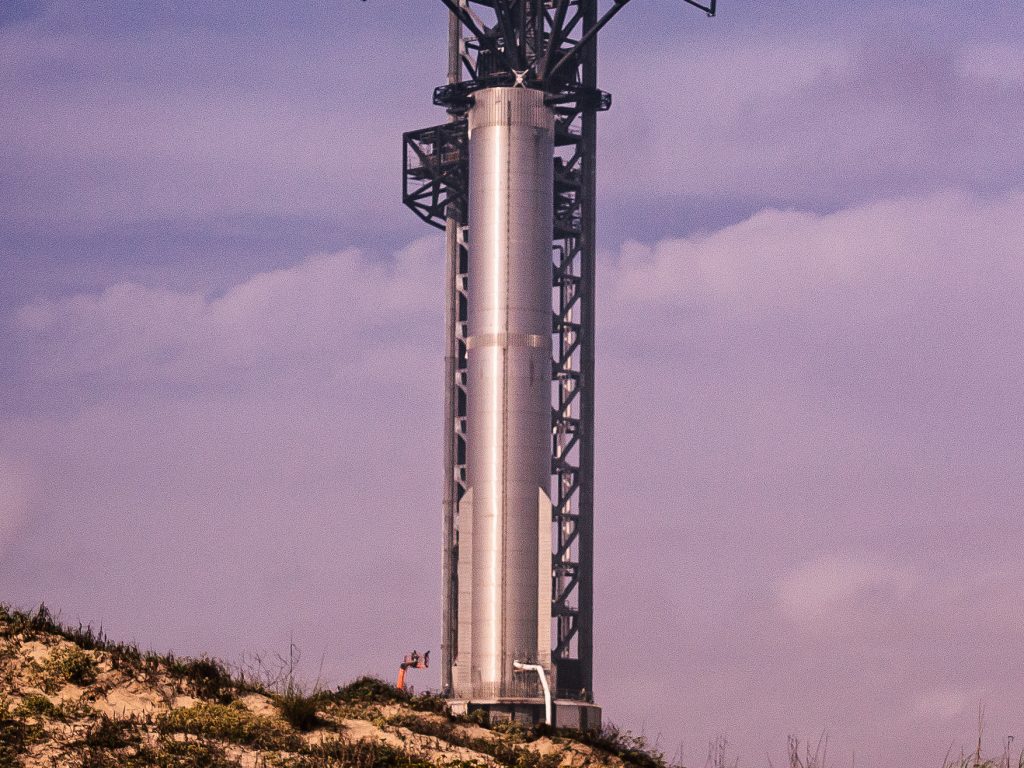
As August 24 approaches, Flight 10 is more than a demonstration of hardware repairs it is a proving ground for engineering solutions that will have to come together before Starship can both serve as a reusable super-heavy launcher and NASA’s lunar lander. The stakes reach from the Texas coast to the Moon’s south pole.
